Why would Brittany Higgins enter the witness box against Linda Reynolds?
Brittany Higgins’ lawyer cites three reasons the ex-Liberal staffer won’t take the stand to defend herself against Linda Reynolds – but there’s a fourth she’s unlikely to say publicly.
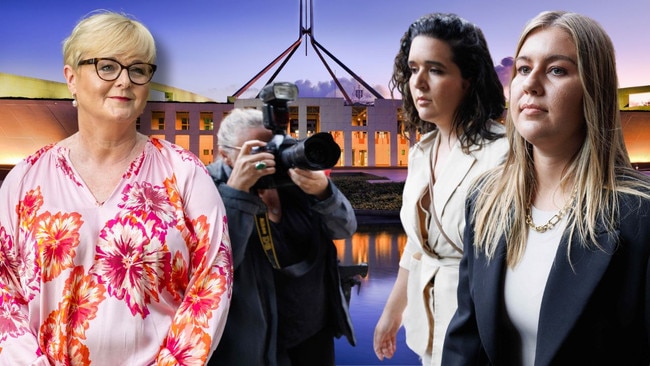
Higgins’s barrister, Rachael Young SC, is highly respected. Her announcement this week that Higgins wouldn’t get in the witness box in Linda Reynolds’s defamation case under way in Perth made eminent sense.
On Monday Young gave the court three reasons. She said Higgins was not obliged to give evidence. Young cited her client’s medical state. Last, Young said they believed there was enough evidence to succeed without Higgins entering the witness box. That means they believe Higgins’s social media posts at the centre of this trial are not defamatory, or that one or more of Higgins’s defences to defamation will prevail.
There is another likely reason – but a defamation lawyer won’t say it publicly. The last thing you want is your witness making your job harder. A defamation trial is all about calculating risk. Putting Higgins in the witness box would surely be a gamble.
There is a difference between the two. As one scribe described it, if you’re not sure what you’re doing, it’s a gamble. If you know what you’re doing, it’s a calculated risk. But the latter still depends on you knowing what you’re doing more than anyone else.
It is an understatement to say there have been mixed views about the quality of Higgins’s evidence – in and out of court – during the many and different parts to this long-running scandal.
In a 2021 executive briefing note, AFP Detective Superintendent Scott Moller described Higgins as “evasive, uncooperative and manipulative” during the AFP’s investigation into the alleged rape. Former ACT director of public prosecutions Shane Drumgold disagreed, slamming that description by police as “appalling”.
‘Higgins’s last appearance in a witness box had mixed results.’
After Higgins gave evidence in the criminal trial, the jury deliberated for five days without a result before the trial was aborted for jury misconduct. Though Drumgold told the media, controversially, that he believed he could win in a retrial, he decided against that.
Higgins’s last appearance in a witness box had mixed results, too. In Bruce Lehrmann’s defamation action against Network Ten and Lisa Wilkinson, Federal Court judge Michael Lee branded Higgins an “unreliable historian … a complex and in several respects unsatisfactory witness”. He found that her reliability as a witness differed depending on what she was alleging.
The judge preferred Higgins over Lehrmann when he concluded that, on the balance of probabilities, a rape occurred in Parliament House in the early hours of March 23, 2019.
As one lawyer close to the case told Inquirer this week, the evidence about the alleged rape “came down to a contest between the dislikeable Higgins and the immensely dislikeable Bruce Lehrmann”.
Lee excoriated Lehrmann’s credibility. “To remark that Mr Lehrmann was a poor witness is an exercise in understatement,” the judge said.
The Federal Court judge drew a sharp distinction between the character of Higgins’s 2019 evidence with that of her evidence in 2021. He acknowledged that “any inconsistent or untrue representations in 2019 are not inconsistent with the conduct of a genuine victim of sexual assault struggling to process what happened, seeking to cope, and working through her options”. But he found that rape trauma, to use the colloquial term, did not explain or excuse Higgins’s untrue statements made two years later when she peddled her larger story of a political cover-up in the media.
Lee found that claims that Reynolds and her chief of staff, Fiona Brown, “were active participants in a systemic cover-up of alleged criminal conduct” lacked “any solid, verifiable material” in support.
If Lee’s judgment is any guide, Higgins’s achilles heel is 2021. This is when, Reynolds claims, Higgins and then boyfriend, now husband, David Sharaz set in motion a carefully co-ordinated campaign to make allegations against Reynolds and Brown, that – among other things – they covered up a rape, that they forced her to choose between her career and going to police, that she was ostracised when she travelled to Perth for the election campaign and so on.
I say achilles heel because Higgins had a frequent tendency, picked up by Justice Lee, to reference her feelings when alleging a political cover-up. More than once, the judge asked Higgins to point to specific words or actions that supported her allegations of being mistreated by Reynolds and Brown. Higgins failed to satisfy the judge. Instead, he found no evidence to support her claims.
The judge went one step further, saying Higgins made at least nine untrue statements in documents that formed part of her deed of settlement with the commonwealth.
It’s true that Reynolds was not called as a witness in the Lehrmann defamation case. Still, Justice Lee concluded that the cover-up claim was notable for “its inconsistency with the contemporaneous records and its falsities, particularly as to Ms Higgins’s dealings with Ms Brown”.
Lee said he “unhesitatingly” preferred Brown’s evidence to that of Higgins. His findings about Higgins’s credibility won’t be lost on Higgins’s current legal team.
Not every witness performs well in the witness box. Some are hotheads. Some are disingenuous. Some simply lack credibility, unable to point to evidence to support their claims.
Keeping Higgins out of the witness box in the West Australian Supreme Court is a calculated risk. Taking a gamble by allowing her to be cross-examined by Reynold’s formidable lawyer Martin Bennett must be weighed against the various defences she is running.
One defence is truth – or justification as it is called under section 25 of the Defamation Act in WA. In this battle between Higgins and Reynolds, the judge will have to decide whom he believes.
Defamation lawyers have told Inquirer that they rarely put a defendant in the witness box to establish a truth defence – that the defence, if it is to be made out, will often depend on independent evidence.
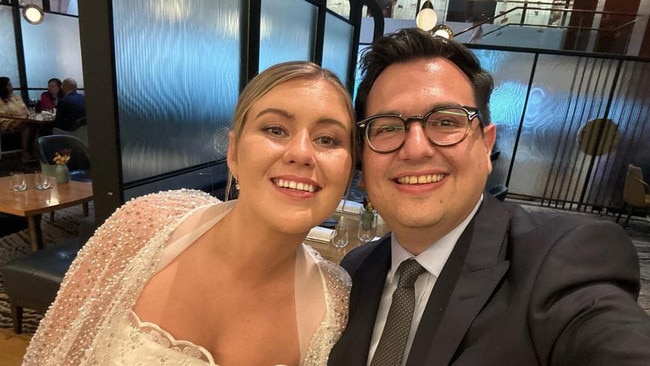
Higgins is also relying on qualified privilege under section 30 of the Defamation Act and a similar defence at common law – arguing essentially that publishing the various social media posts that are the subject of this defamation action was “reasonable in the circumstances”.
Lawyers say the reasonable publication defence in section 30 normally requires evidence from the person who published that the circumstances of the publication were, indeed, reasonable.
Once again, Young appears to have decided that the allegedly defamatory imputations are not made out, or that a defence is made out without putting Higgins in the box. Or that putting Higgins in the box will not help their case.
Higgins’s other defence is “honest opinion”. She says, in essence, that each post was an expression of opinion, based on proper material, on matters of public interest. Lawyers who spoke to Inquirer this week differed on whether they would call a defendant as a witness for this defence, confirming the bleeding obvious: that each case depends on the pleadings and the defendant’s credibility.
If Young is right that the objective conclusion from the evidence so far is that the social media posts by Higgins don’t defame Reynolds, or a defence applies, then her calculation to keep Higgins out of the witness box will pay off.
That will come down to whether the judge prefers Reynolds’s case over that of Higgins.
This week, it became clear that Brown will not be required to attend court. But Brown’s testimony, affidavit and contemporaneous notes provided in the Lehrmann case, along with her evidence in the criminal trial, will be tendered as evidence.
If WA Supreme Court judge Paul Tottle finds against Higgins, all eyes will turn to what the judge makes of “the plan”. Reynolds is claiming aggravated damages because she claims there was a carefully orchestrated, premeditated political hit job – what Reynolds calls the plan – where Higgins and Sharaz used allegations of a rape and a political cover-up “as a weapon to inflict immediate political damage” on Reynolds and the then government of the day.
The plan, says the statement of claim, started long before Lisa Wilkinson’s notorious Project interview in February 2021. Shortly after meeting Sharaz in May 2020 – 14 months after the alleged rape – Higgins crafted a note about an “anatomy of a political sex scandal”.
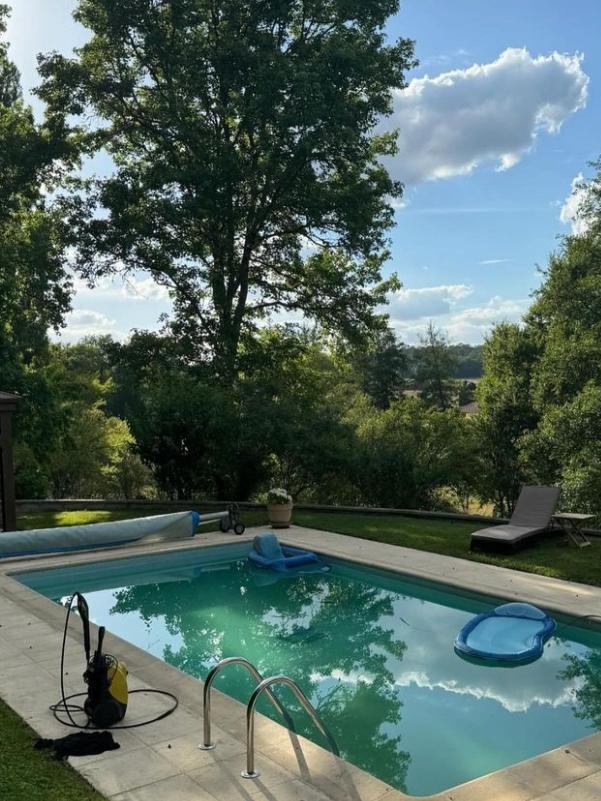
The plan, says the statement of claim, covered pre-Project conduct including Higgins and Sharaz meeting ACT Labor Party operations manager Sandra Fisk in August 2020; Higgins creating in January 2021 a timeline or “dossier” for the media; Sharaz making arrangements to meet with Wilkinson and news.com.au journalist Samantha Maiden; Sharaz emailing Wilkinson about Higgins’s allegations under the heading “MeToo Liberal Party Project Pitch”; Sharaz and Higgins settling on a parliamentary sitting week to drop the allegations in the media; Sharaz telling Wilkinson that “the reason we’ve chosen the timeline … is because it’s a sitting week when we want the story to come out”; Sharaz telling Wilkinson “I’ve got a friend in Labor, Katy Gallagher on the Labor side, who will probe and continue it going”; Wilkinson telling Higgins and Sharaz that “I’m a great believer in people’s time will come” to which Sharaz responded “Linda’s time, please god, let it be Linda’s time”, with Wilkinson adding “Well, I think it might be” before reading out text messages with Reynolds to “ridicule” her.
The alleged plan is said to have involved Sharaz co-opting senior Labor figures, sharing the Project transcript with Gallagher before it aired, providing her with a copy of the dossier timeline and orchestrated gang attacks executed by Gallagher, Penny Wong and others over many days that led to Reynolds being admitted to hospital.
Reynolds’s claim of an orchestrated campaign against her relies on extracts of text messages in March 2021 between Higgins and Sharaz. Sharaz texted Higgins this: “suck sh** Linda … You awful human”. And this: “You may as well feed everything we have to Katy.”
On Thursday, the court heard of hundreds of text messages between Maiden and Sharaz, including these in the week after Higgins went public: “I can see why PMO hate us. It all looks planned haha”. And “It’s a weird story. Journalism hat on, what a f..king scoop ha ha”. Also tendered were messages sent between Maiden and Labor politicians Wong, Gallagher and Tanya Plibersek.
According to Reynolds, the plan captures the 2022 and 2023 social media posts and continues to this day, with Higgins refusing to apologise to Reynolds or retract allegedly defamatory and disparaging material.
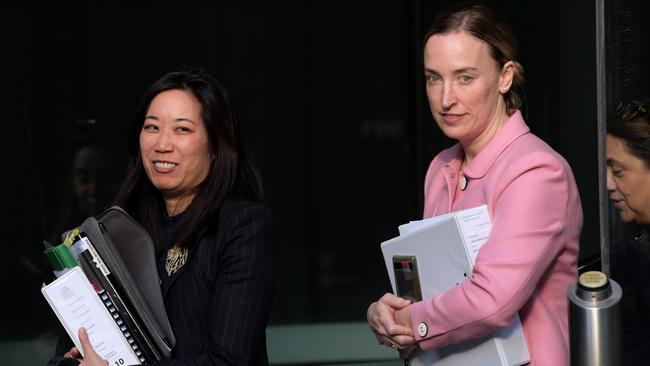
Justice Tottle may face a similar scenario to those in two other high-profile cases. In 2017, Australian actor Rebel Wilson won aggravated damages from Bauer Media, publisher of Woman’s Day, because of its long campaign against her. Justice John Dixon in Victoria’s Supreme Court agreed the circumstances of the publication – not properly investigating the defamatory allegations, knowing they were false, and publishing numerous articles that repeated the defamation – amounted to a “campaign against the plaintiff” and warranted aggravated damages.
At the time of that trial, damages for non-economic loss were capped under section 35 of the Victorian Defamation Act at $389,500 – except where the court is satisfied that the circumstances of the publication warrant aggravated damages. Justice Dixon rejected the cap, saying that Bauer Media’s behaviour led to “an ongoing feed into the grapevine effect on the internet and entertainment media”.
Justice Dixon said the “defamatory sting” spread across the internet and like “a toxic poison … (Wilson) cannot reasonably be expected to track the course of information on the internet or anticipate where information may surface”.
“Unless substantial damages are awarded there is a real risk that the public … will wrongly conclude that the articles were trivial,” he said when awarding Wilson $650,000 in general damages, including aggravated damages; and $3.9m in special damages for lost opportunity relating to future films.
The special damages award was overturned on appeal. The aggravated damages award was not.
In WA, non-economic damages are capped at $443,000, with a similar exception under section 35(2) where the circumstances of the publication of the defamatory material warrant aggravated damages.
Justice Tottle may also consider Elaine Stead v Fairfax. In that 2021 case Justice Lee awarded aggravated damages of $280,000 against Fairfax. The legal costs awarded against them were eye-watering.
Lee found that Joe Aston’s defamatory claims in The Australian Financial Review about Stead, the former chief executive of Blue Sky, amounted to “a targeted campaign” that was “unjustified and improper”.
Stead had given evidence that one piece by Aston was “the straw that broke the camel’s back … my reputation is everything … I just couldn’t see a way to get out from under the harassment and the bullying and the mocking and the humiliation.”
Lee accepted this evidence.
Were the social media posts by Higgins in 2022 and 2023 the straw that broke the camel’s back for Reynolds? If Justice Tottle finds against Higgins, will he make similar findings about a campaign of defamation against Reynolds?
There are sound public policy reasons why it might be to a plaintiff’s credit that they sue only after a sustained campaign of defamation. One of those reasons is to avoid courts being clogged with defamation claims concerning one-off or trivial publications. The quid pro quo for a plaintiff who holds fire until there have been numerous defamations, or a campaign of them, should be a handsome award for aggravated damages.
If Higgins loses, one can imagine her saying she lost because she didn’t give evidence in the witness box. It’s hard to imagine such a claim convincing anyone except her more emotional supporters.



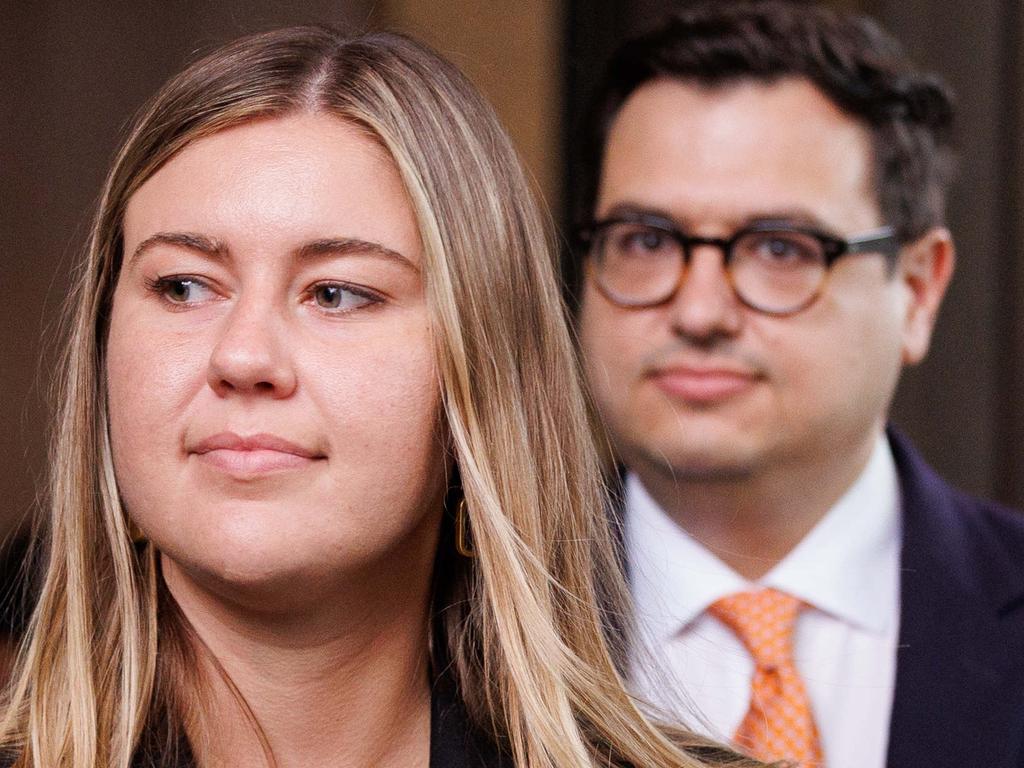
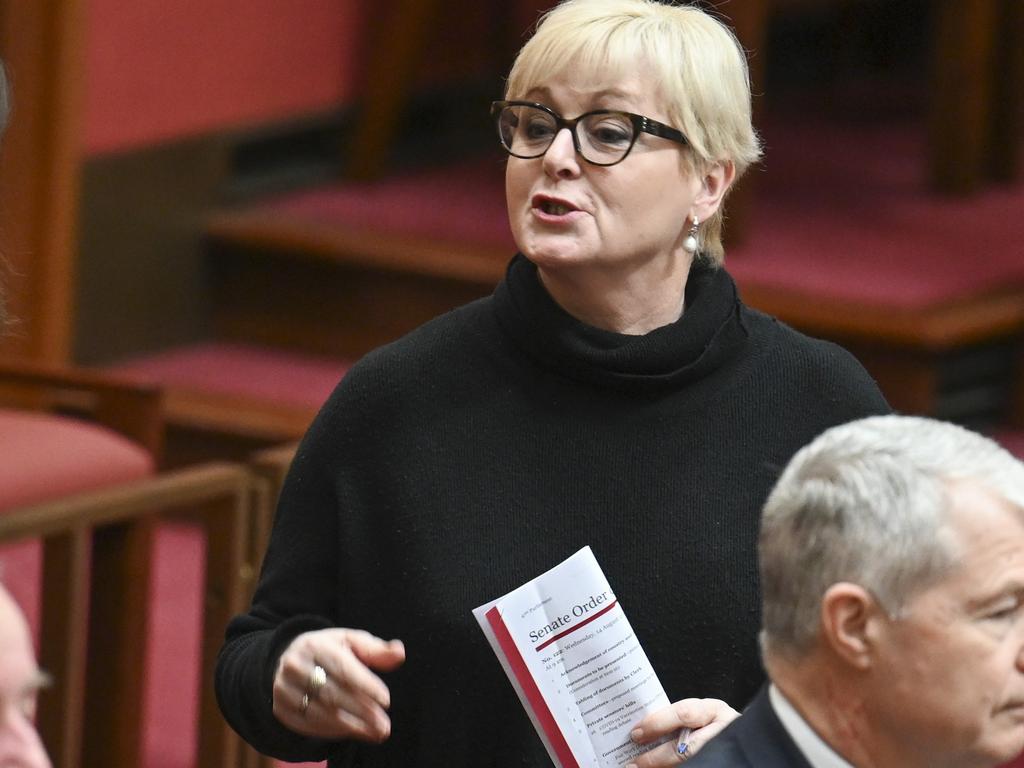
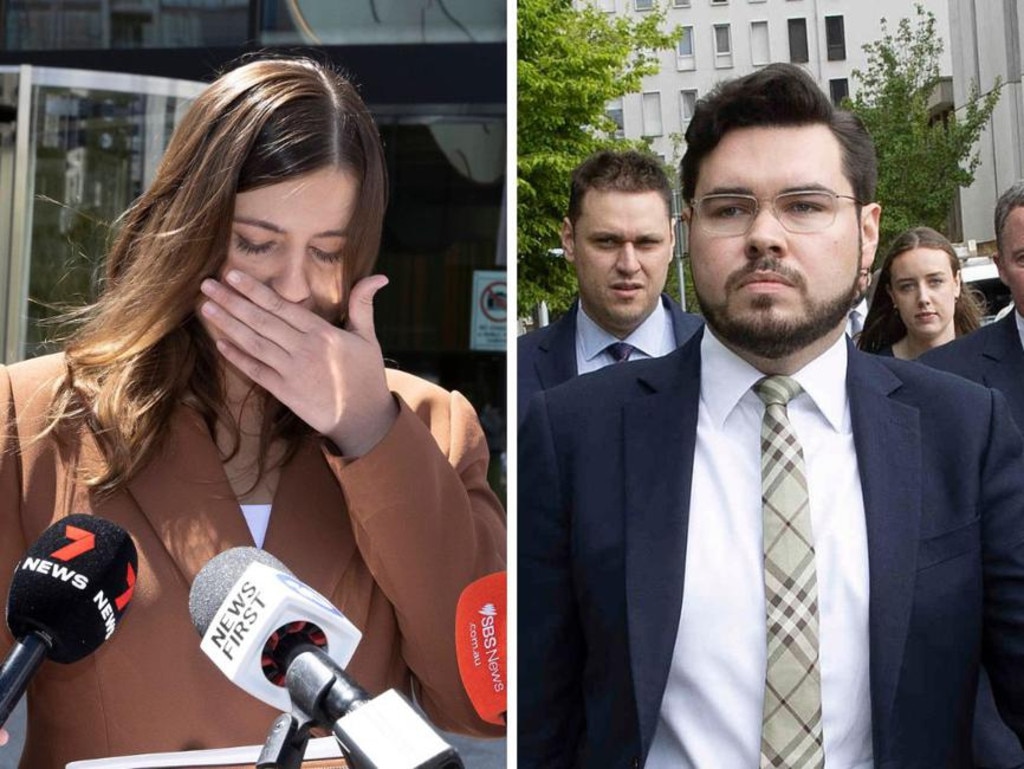


Plenty of people are asking why Brittany Higgins is not getting into the witness box to defend herself. The better question is, why would she?